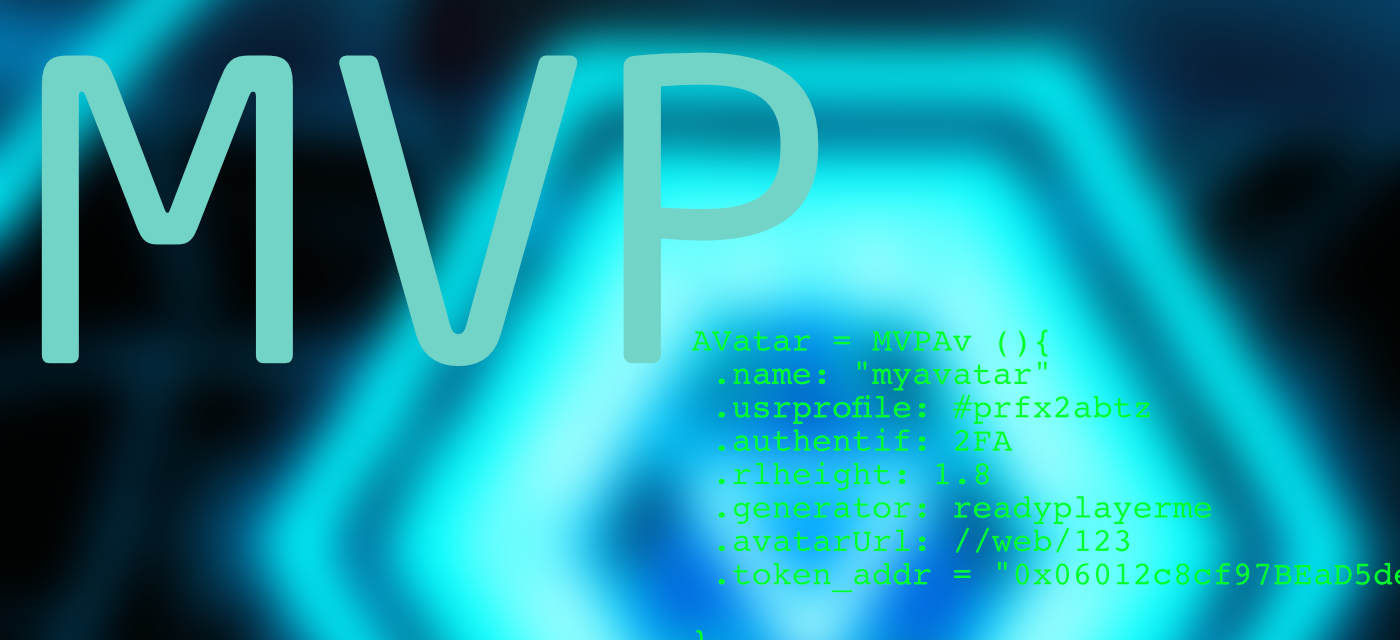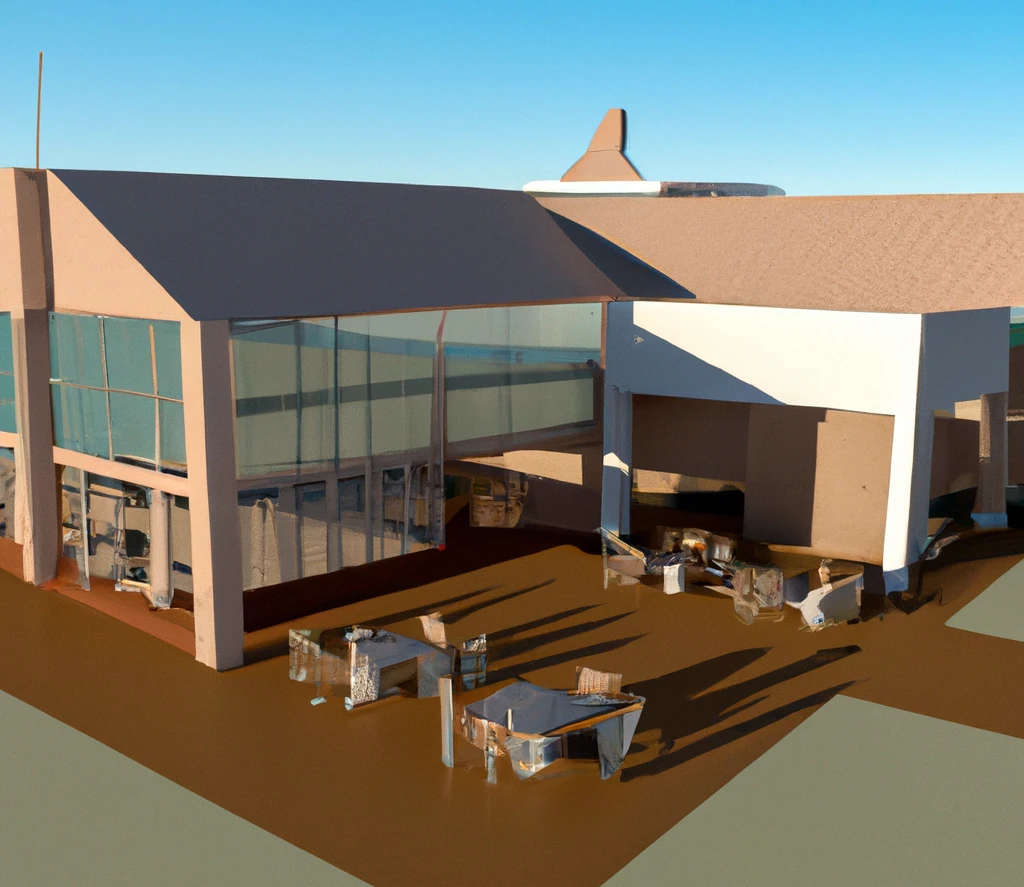
The Metaverse promises to be a fully immersive 3D world, where users can interact with each other and with digital content in real-time. As with any new technology, the Metaverse is still in its infancy and lacks standards that would make it easier to develop and use. Without standards, developers may find it difficult to create content that works across multiple platforms or integrate different features into their projects. Users may find that their experiences are inconsistent, or that features are missing or broken. As technology matures, standards will become even more significant. They are the missing piece that will make the Metaverse a reality.
3D Graphical standards like USD (Universal scene description) are a great starting point for an upcoming standardization in the metaverse, however, they are focused on the standardized creation and deployment of 3D objects into scenes that make up a virtual world. USD is a standard where the developer can integrate so-called prims on a stage (that is the area where the scene plays, a bit like a theater stage). A prim is an object referenced by its path in the stage. Prims can have attributes. These store actual data in the prim. That can include, e.g., 3D mesh models.
Originating from Pixar’s own development to streamline and standardize the production process of their filmmaking, USD became open source and is supported by a wide range of 3D development tools. The focus is actually on solving the need for graphical standards to create and display scenes of a virtual world.
However, the development of the metaverse is hindered by a lack of standardization that goes much further than graphical formats and scene definitions. There is no single set of rules, protocols, or standards that all metaverse platforms must adhere to. This means that each platform can be different in terms of game mechanics, user experience, and safety. This can lead to confusion and frustration for users, as they are unable to access or interact with the same content across different virtual worlds or spaces. It is, for example, not possible to move an avatar or a virtual object from one virtual word to another as there are no standard protocols for avatars and virtual objects in place. They are actually defined and architectured differently from the developers of separate virtual spaces, worlds, or games. Just see how different avatars look and behave in virtual worlds like Meta Horizon Worlds, Second Life, Decentraland, Roblox.
The Vision of a Metaverse Standard Protocol (MVP)
From Versiator’s point of view, a Metaverse Standard Protocol (MVP) should incorporate at least a subset of protocols that help to define standards and attributes for the definition of avatars and virtual objects.
That would enable avatars and virtual objects to be moved from one virtual space into another in a consistent way without losing attributes.
Vision: The Metaverse Standard Protocol for Avatars
The Metaverse Standard Protocol for Avatars (MVPAv) is a set of standards for virtual world avatars and their associated attributes. It provides a common platform for virtual worlds, allowing them to communicate and interact with each other consistently. The attributes of the Metaverse Standard Protocol for Avatars could include:
1. Avatar Profile: This includes the ability to create, store, edit, and access avatar profiles consistently across multiple virtual worlds.
2. Ownership: The definition of ownership rights of the avatar and its attached objects like clothing. This also defines trade-ability and the source of truth (e.g., Blockchain / NFT)
3. Avatar Representation: This includes standards for representing avatars and their characteristics consistently across multiple virtual worlds.
4. User Authentication and Authorization: This includes the ability to authenticate and authorize users consistently across multiple virtual worlds.
5. User Interactions: This includes standards for communication and interactions between avatars within and across multiple virtual worlds.
Vision: Metaverse Protocol for Virtual Objects (MVPVo)
The MVPVo allows for the seamless integration of virtual objects into any virtual reality (VR) or augmented reality (AR) environment. This means that developers can create objects that can be used in multiple platforms without having to recreate them from scratch. Important Attributes of the Metaverse Standard Protocol for virtual objects (MSPVo) could be:
1. Virtual Object Identifiers (VOIs): VOIs are used to uniquely identify virtual objects in the Metaverse Standard Protocol.
2. Virtual Object Properties (VOPs): VOPs are used to define the properties of virtual objects, such as size, shape, color, behavior, and also ownership.
3. Data Storage: The Metaverse Standard Protocol provides a secure and reliable method of storing and retrieving data associated with virtual objects.
4. Interaction Model: The Metaverse Standard Protocol allows users to interact with virtual objects in a natural and intuitive way.
5. Security and Trust: The Metaverse Standard Protocol ensures that virtual objects are secure and can be trusted by users.
6. Access Control: The Metaverse Standard Protocol provides methods for controlling access to virtual objects and restricting access to specific users.
7. Scalability: The Metaverse Standard Protocol is designed to scale to meet the needs of large-scale virtual universes.

